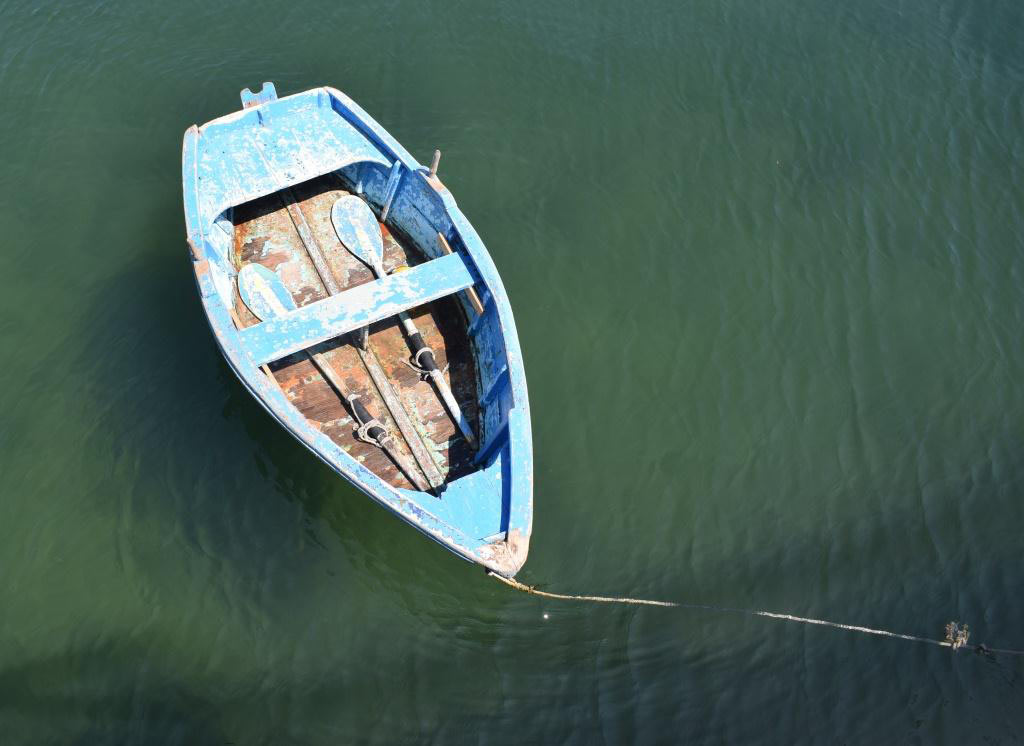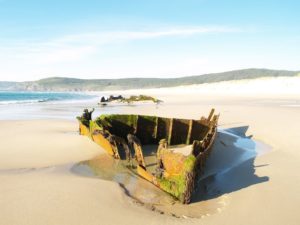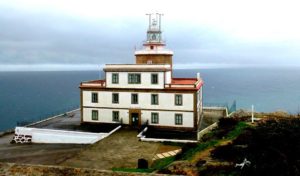The oldest legend that is known about the place name Coast of Death has it that in nights of rainstorm and low visibility, some locals of the coast walked their oxen around the limits of the the capes and headlands. Lit lanterns hung from the horns of these animals and, with the rocking caused by their walking, they resembled other boats. In this way, to procure a good shelter from the storm and by imitation of these supposed boats, the ships approached the coast, falling into a mortal trap when they inevitably run aground. It was then that the locals took the opportunity to loot the ship and kill the frightened helpless sailors.
There are also legends about pirates living on the inland beaches and in the estuaries in their boats, so that when a ship passed by they would sink it and let the marine currents and the tides carry the booty to the shore, saving in this way great part of the work that involved boarding a vessel sailing the high seas.
Although there is still a significant number of black legends about the part played by the people of the Coast of Death in the wrecks, the truth is that many shipwrecked sailors were rescued by locals who risked their own lives heroically.
It can be highlighted, for example, the rescue after almost three days of work of the 23 crew of the Kenmore at the beach of Traba (Laxe) in 1904. Or the 41 crew of the Russian tanker Boris Scheboldaef in Pedra do Porto (Camelle) in August of 1934. Or the castaways of the City of Agra, Standard, Boris, Serpent and Iris.
WHAT TO DO:
A reading: ‘Naufragios y Crónicas Marítimas de Galicia hasta 1899’ (‘Shipwrecks and Maritime Chronicle of Galicia until 1899’).
Autor: Fernando Patricio Cortizo




